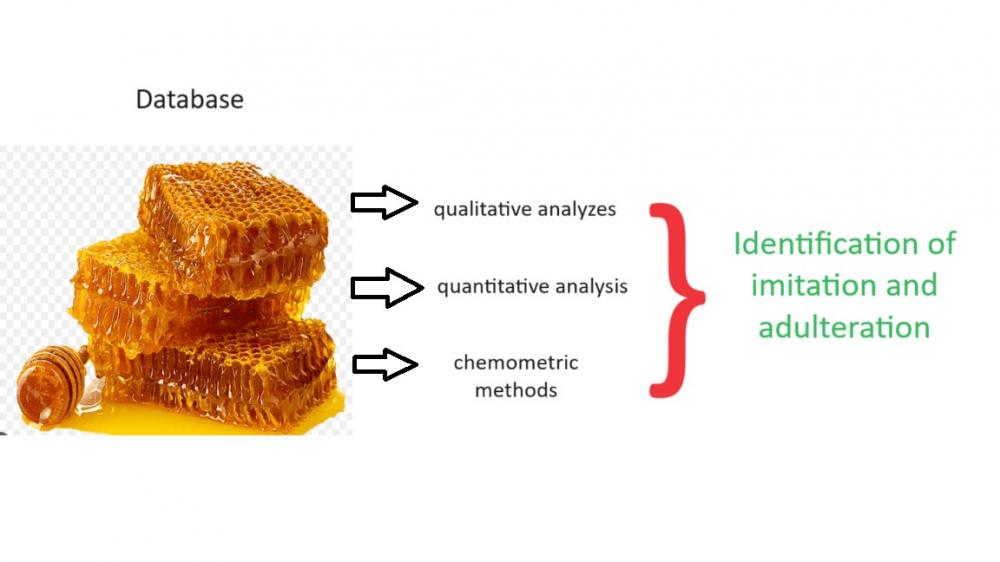JOURNAL 3154
Records of Agricultural and Food Chemistry
Year: 2024 Issue: 3 Special Issue: Abstracts 3rd. TCS, International Food Chemistry Congress February 29-March 03,2024 Antalya Türkiye
p.81 - 81
Viewed 1571 times.
GRAPHICAL ABSTRACT

ABSTRACT
Honey is a complex food that is produced by the processing of plant or animal secretions by bees in their metabolism and contains an average of 200 different biomarkers. It is well known that this food consists of approximately 80% sugar components, depending on its botanical origin. Due to the high economic value of the commercial honey, the amount of honey is increased by adulterating it in different ways, and some samples are fake honey that is not produced naturally and is produced only from various sugar syrups. In order to determine the adulterants in honey the following techniques are currently used: water-insoluble solids, pollen number and type examination, 13C/12C isotope examination, and C4 sugar determination. However, there is a need to develop these techniques or introduce new innovations to be sure from the adulteration [1]. Recently, the presence of adulterated sugar in honey has become detectable by 1 H-NMR (Proton Nuclear Magnetic Resonance) spectroscopy by using the honey profiling method [2] developed by Bruker Corporation in studies carried out to determine adulteration elements in honey. The method allows a comprehensive holistic evaluation of honey samples by using qualitative-quantitative and chemometric analysis methods by using its database created using approximately 28,500 reference honey samples. The method determines suitability by comparing sugar composition, acid composition, and markers of fermentation products with the quantitative values in the reference database of it, on the other hand, it also uses chemometric analysis methods on sugar groups. Thus, it can compare sample contents with the database. However, although the analysis method in question works with a high accuracy rate depending on its own database, it has not yet been revealed how successful it is in representing honey contents produced in narrower locations or different flora. In this study on the creation of an NMR library in which honey produced in Türkiye is also represented are reported.
KEYWORDS- NMR
- adulteration
- honey
- chemometry